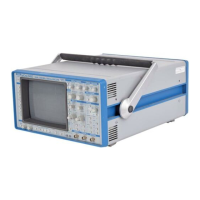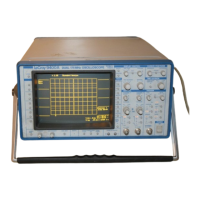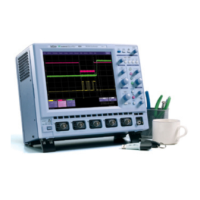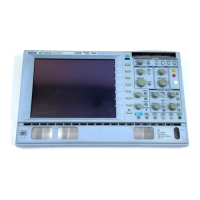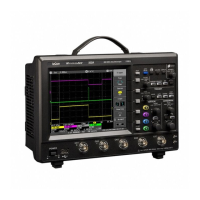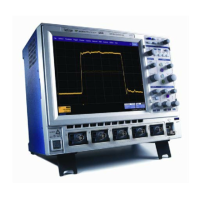12–7
Mass Storage Utilities
When “Mass Storage Utilities” is selected from “UTILITIES”
the “MASS STORAGE” menu group appears (12–11) to give
access to the mass-storage file system controls. The
system supports storage and retrieval of data files to and
from memory cards, floppy disks and removable hard disk
(HDD) media.
Memory Card Format The Memory Card structure, based on the PCMCIA II / JEIDA 4.0
standard, and as found in any DOS floppy or hard disk, consists of a
DOS partition containing files. The oscilloscope formats the card in
segmented contiguous sectors, each of 512 bytes. The scope does
not support error-detection algorithms such as CRCs or checksum
inserted between the sectors, and when this is done the instrument
may only be able to read, but not write, the card.
Floppy Disk Format The floppy supports DOS 1.44 MB and 720 kB formats.
Hard Disk (HDD) Format The removable hard disk structure is based on the PCMCIA III /
JEIDA 4.0 standard. The media is arranged as a DOS partition
containing files as in any DOS floppy or hard disk.
The HDD format uses 512 bytes per sector and four sectors per
cluster. One cluster is the minimum file size: any files smaller than
2048 bytes in size will still use one cluster’s allocation of 2048 bytes
of disk space.
Subdirectories All files are written to and read from the media from the current
working directory. The default name of the working directory is
LECROY_1.DIR. This directory is automatically created when the
media is formatted. If the media is formatted elsewhere — for
instance on a PC — the directory will be created the first time a file
is stored to the memory card, floppy disk or removable hard disk.
The working directory can be changed to any valid DOS directory
name, using the file-name preferences menu. All working directories
are created as sub-directories from the root directory.
The maximum number of files allowed in any one directory is 2400.
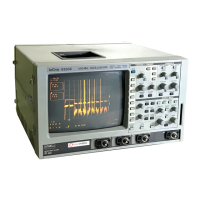
